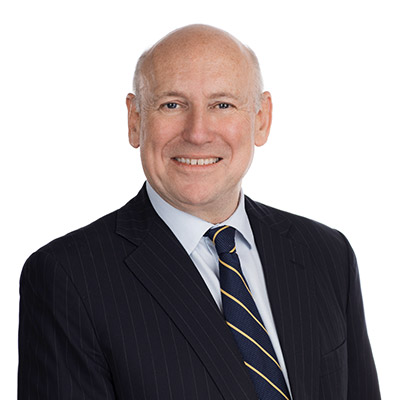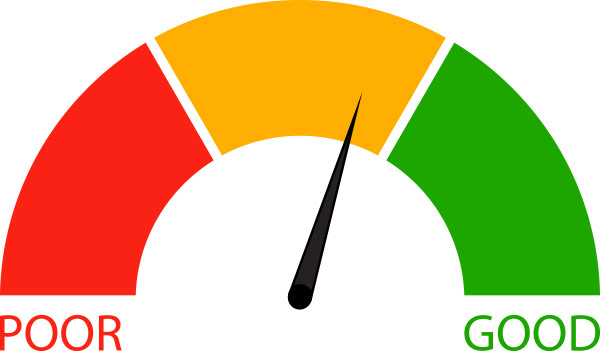Rejuvenation of an Icon

A discussion by Hugh MacNally, Chairman and Founder of Private Portfolio Managers
The three characteristics PPM looks for in core portfolio investments are: strong financial structure, advantageous positioning in its industry, and attractive stock price relative to the returns that the investment is likely to be able to earn. In the consumer goods industries we have recently written an article on one of our holdings, LVMH, the luxury goods maker, and in this article we look at the other end of the scale – Nestle, the manufacture of a diverse range of branded products.
Nestle is the world’s largest food group with strong market shares across developed markets and importantly it is also well positioned in emerging markets. After lacklustre performance over the last 10 years we believe that a process of rejuvenation is underway.
What had been a pattern of reliable growth in revenues and profit over a period of 50 years started to unravel in the mid-2000s. Sales peaked in 2006 and profitability was only maintained at the expense of market share and growth. What had been regarded as a reliable 5% top line growth and 10-12% earnings growth abruptly stopped and went into reverse.
On the surface it might not seem the best prospect. What attracts PPM to the company? Nestle is a company with enormous financial strength, reliable cashflow from trusted and very well established brands, and a low debt level (or net liquid assets if one included the large non-strategic equity holding).
However, the operating performance of business relative to its competitors and historical norms is lacking and significant improvements should be achievable. The company also has a very large opportunity in emerging markets, where other branded consumer goods companies have done so well, and historical norms are lacking. The valuation is attractive in our view, relative to the returns on capital that it should be making and the earnings growth it should be able to achieve.
Another attraction is Nestle’s low and falling debt levels. While PPM avoids companies with high levels of debt, Nestle could comfortably take on more long-term debt, which could currently do at extra-ordinarily low rates, very beneficial to the shareholder’s return on equity. Additionally, the $30 billion holding in fashion icon L’Oreal offers neither synergies nor strategic benefits. While it has been a good investment there has been pressure from shareholders for it to be disposed of and the funds returned. Further, the rationalisation of the brand portfolio would also be likely to release substantial capital. The amount of capital used in the business is way out of line with the company’s historical performance and the current performance of its peers.
 A review of the return that is generated by the vast number of brands is overdue, the objective being to increase the rate of growth by refreshing the portfolio and culling the brands that are not achieving sufficiently high returns. The low and deteriorating asset turn suggests that the portfolio of over 2000 products is in need of reviewing.
A review of the return that is generated by the vast number of brands is overdue, the objective being to increase the rate of growth by refreshing the portfolio and culling the brands that are not achieving sufficiently high returns. The low and deteriorating asset turn suggests that the portfolio of over 2000 products is in need of reviewing.
While there have been significant cost cuts from the business in the last 10 years, the margins have not responded and are significantly below those of competitors. Other operating measures have also deteriorated and compare unfavourably to competitors’.
Nestle has recognised this as a problem and has brought in a new CEO from outside the Nestle culture, a move which has been well received by some of the more critical shareholders. The appointment of an outsider is the first in the company’s 130 year history; Ulf Schneider comes with an impressive reputation from his tenure at a German medical devices company, where he was able to generate substantial and long lasting growth. He was both acquisitive but also produced strong organic growth. He joined Nestle in January 2017.
PPM believes Nestle has a very strong brand portfolio however a degree of complacency has developed, resulting in poor operating performance and wasteful use of capital. We believe significant improvements can be made and there are some early signs of this. We expect to see stronger revenue growth, better margins and capital efficiency. The excess capital could be returned to shareholders through buy backs or dividends.
Print this Article
